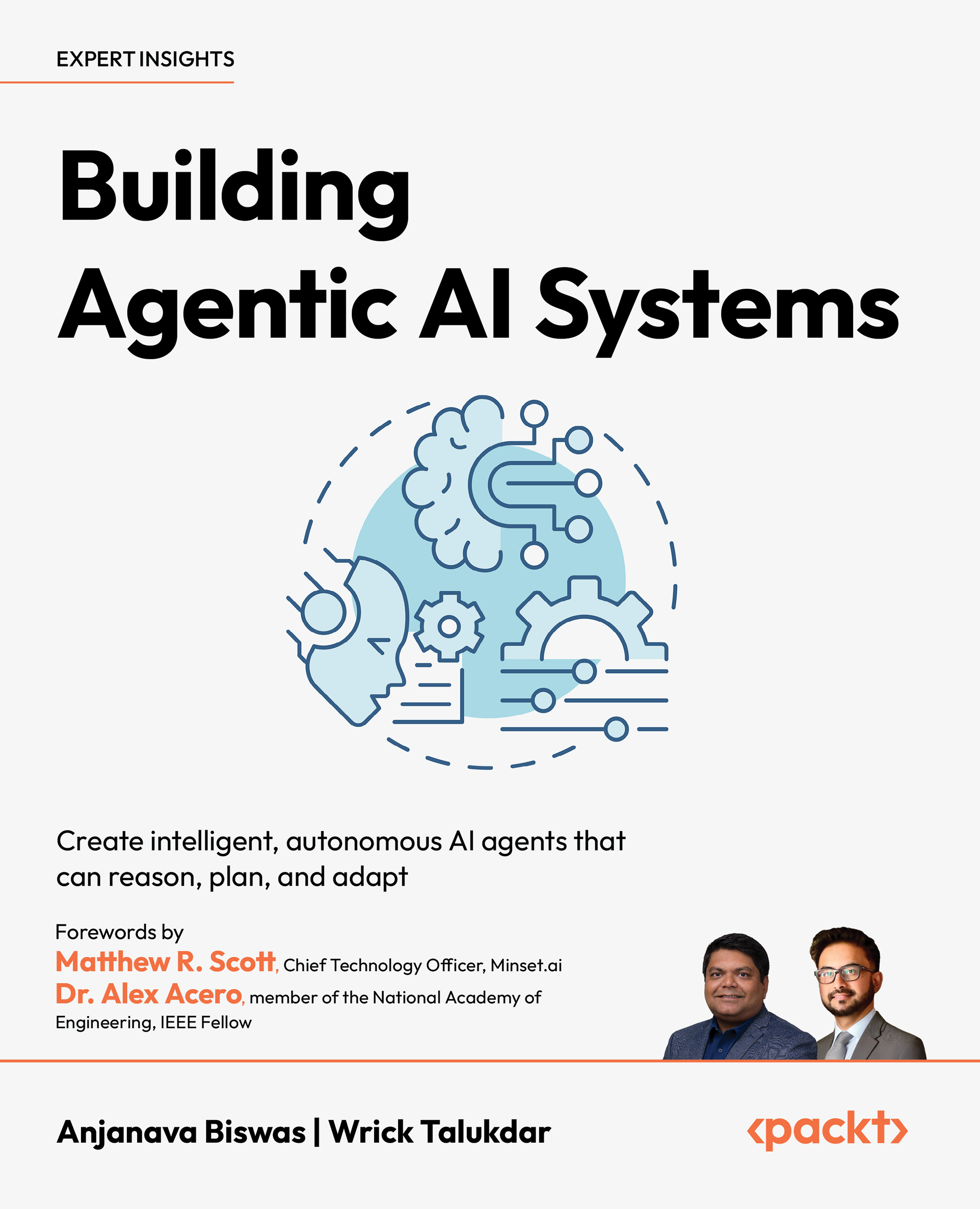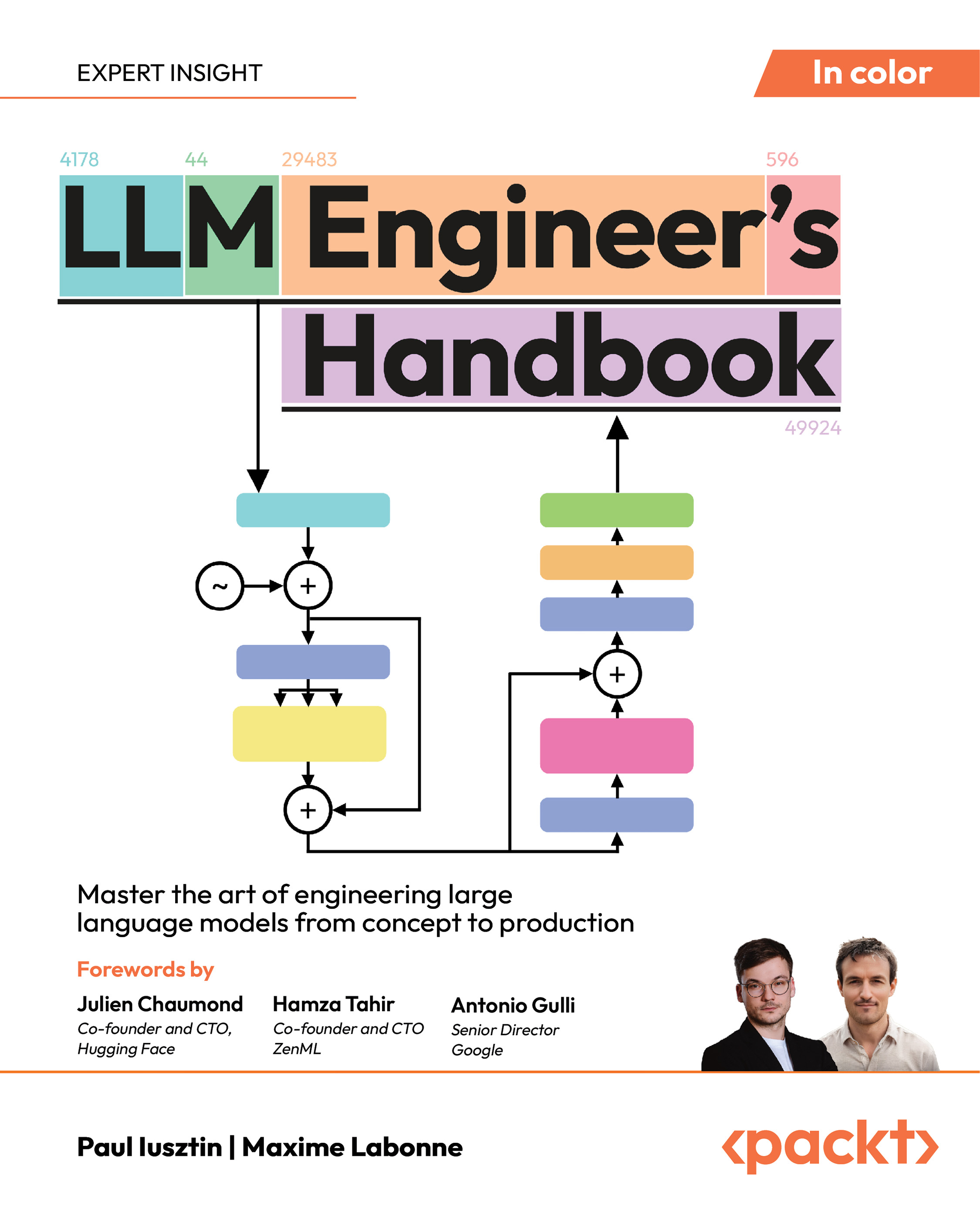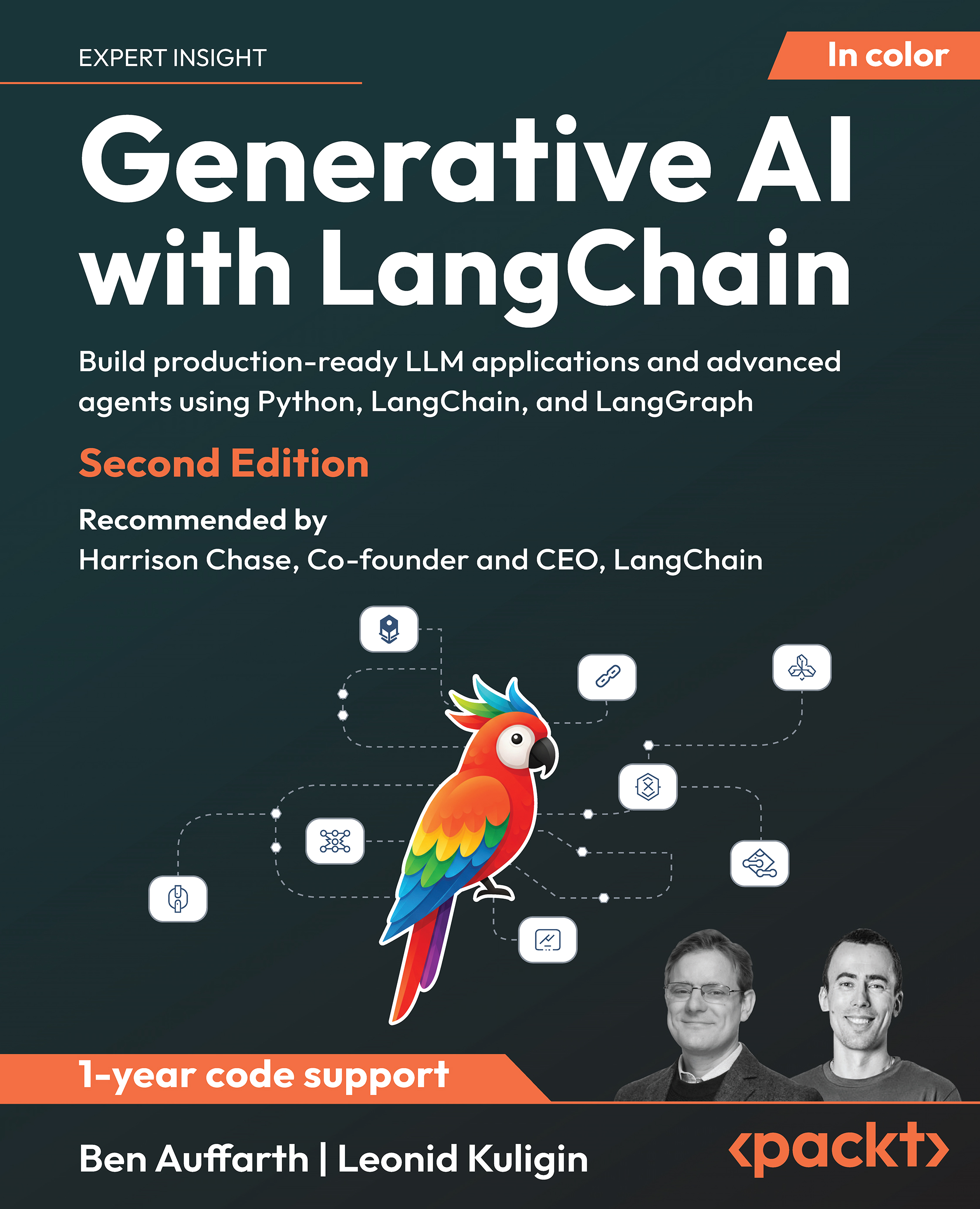Software architecture acts as a blueprint for the system, using abstraction to control the system's complexity and establish inter-component communication. In the ever-evolving landscape of software architecture, a groundbreaking innovation has emerged, reshaping the way developers design and optimize their systems. Enter ChatGPT, an advanced language model that has revolutionized the field with its remarkable capabilities. With its deep understanding of natural language, ChatGPT is unlocking new horizons in software architecture. From streamlining development processes to enhancing user interactions, this article delves into the transformative potential of ChatGPT, exploring how it is reshaping the very foundations of software architecture as we know it.In this piece, we'll examine the value of software architecture and how chatGPT may help us build it.
Architecture Design with ChatGPT
The entire design of the software, its elements, and its behavior are represented by the software system architect. In a nutshell, it is a visual representation of how software applications are made by connecting their many components. The following are examples of software architecture activities:
- Implementation Details: It could be architectural artifacts, source code, documentation, repository, etc.
- Implementation Design decisions: It includes options for technology (cloud or on-premises), architectural style (monolithic or distributed), storage (AWS S3, Azure Blob, ADLS Gen2, etc.), ingestion pattern (batch or real-time streaming pattern), and more.
- Infrastructure Considerations: Deployment Choices, Component Configurations, etc.
Let’s understand in detail about the process of software architecture.
- Requirement Gathering: Any project should begin with functional and non-functional requirements since they will determine how to create the software architecture and how to prepare the finished product in accordance with the needs of the stakeholders.
- Create a Helicopter view of the solution: Using the mind map, provide a high-level overview of the system's constituent parts. It is a useful method for capturing your requirements as a diagram.
- Refine functional and non-functional requirements: Examine the non-functional needs in terms of performance, security, cost-effectiveness, etc. once you have thoroughly refined the functional requirements to comprehend the overall functioning of the program.
- Design each component in detail: Start with creating the platform's infrastructure and creating the application components while taking into account the functional and non-functional needs.
- Create a phase-wise approach for the implementation: Once the infrastructure and application implementation design considerations are clear, begin preparing deliverables for a phased rollout. It should include the state of architecture as it is today, architecture in transition, and architecture in the future. Make a visual representation of the application and infrastructure, taking into account networking, security, and interconnection issues.
Below are the best practices that can be followed while designing the software architecture for any application:
- Design your application considering the best and worst-case scenario
- Design your application which should be able to scale up and scale down
- Create loosely coupled architecture design for the smooth functioning of the system
- Create a multi-thread processing to speed up the processing for batch and real-time streaming implementation
- Design your application with 7 layers of security implementation
- Make a choice to store your data
Now, Let’s use ChatGPT to create a software architecture for an application. Our goal is to create a data mesh architecture for the retail industry using the azure technology. The major requirement is also to define and capture data architecture requirements.

Image 1 - Part 1, Data mesh response

Image 2 - Part 2, Data mesh response

Image 3- Part 3, Data mesh response

Image 4- Part 4, Data mesh response
ChatGPT first offers suggestions for a group of Azure services to be used to implement the batch and real-time streaming patterns after receiving input from the user. The principles for implementing a data mesh architecture are then provided, including domain-driven data ownership, data-driven products, self-service data infrastructure, and data governance, including data discovery and monitoring.
Let’s check with chatGPT on how the networking setup should be done for these Azure services:

Image 5: Part 1, Networking response

Unlock access to the largest independent learning library in Tech for FREE!
Get unlimited access to 7500+ expert-authored eBooks and video courses covering every tech area you can think of.
Renews at €18.99/month. Cancel anytime
Image 6: Part 2 Networking response

Image 7: Part 3 Networking response
The configuration of a VNET, subnet, NSG rules, Azure firewall, VNET peering, VPN gateway, and the private link is advised by chatGPT. These Azure networking components can be used to manage the services' interconnection. Another major requirement to implement data mesh architecture is also to check how domain-specific data will be managed and operationalized for the data mesh architecture.

Image 8: Part 1, Domain-specific Data Management

Image 9: Part 2, Domain-specific Data Management

Image 10: Part 3, Domain-specific Data Management
The goal of chatGPT's proposals is to produce domain-specific cleansed data that end users can utilize directly to extract value from the data. Since these data domain stores are being built by domain experts, they are also in charge of managing, supporting, and operationalizing the data as needed.
Conclusion
In this post, we looked in detail at the overall process of software architecture design as well as its sequential process. The best techniques for creating the software architecture for any application were also demonstrated. Later, we used chatGPT to develop a data mesh architecture implementation, complete with networking setup and operationalization, for a retail domain.
Author Bio
Sagar Lad is a Cloud Data Solution Architect with a leading organization and has deep expertise in designing and building Enterprise-grade Intelligent Azure Data and Analytics Solutions. He is a published author, content writer, Microsoft Certified Trainer, and C# Corner MVP.
Link - Medium , Amazon , LinkedIn
 United States
United States
 Great Britain
Great Britain
 India
India
 Germany
Germany
 France
France
 Canada
Canada
 Russia
Russia
 Spain
Spain
 Brazil
Brazil
 Australia
Australia
 Singapore
Singapore
 Canary Islands
Canary Islands
 Hungary
Hungary
 Ukraine
Ukraine
 Luxembourg
Luxembourg
 Estonia
Estonia
 Lithuania
Lithuania
 South Korea
South Korea
 Turkey
Turkey
 Switzerland
Switzerland
 Colombia
Colombia
 Taiwan
Taiwan
 Chile
Chile
 Norway
Norway
 Ecuador
Ecuador
 Indonesia
Indonesia
 New Zealand
New Zealand
 Cyprus
Cyprus
 Denmark
Denmark
 Finland
Finland
 Poland
Poland
 Malta
Malta
 Czechia
Czechia
 Austria
Austria
 Sweden
Sweden
 Italy
Italy
 Egypt
Egypt
 Belgium
Belgium
 Portugal
Portugal
 Slovenia
Slovenia
 Ireland
Ireland
 Romania
Romania
 Greece
Greece
 Argentina
Argentina
 Netherlands
Netherlands
 Bulgaria
Bulgaria
 Latvia
Latvia
 South Africa
South Africa
 Malaysia
Malaysia
 Japan
Japan
 Slovakia
Slovakia
 Philippines
Philippines
 Mexico
Mexico
 Thailand
Thailand














